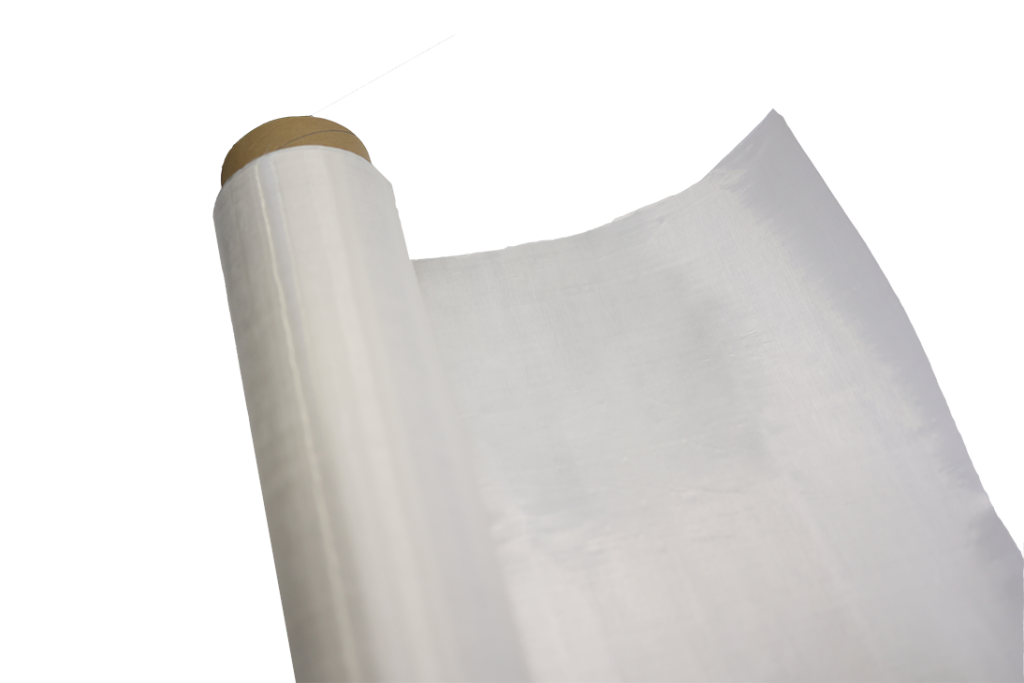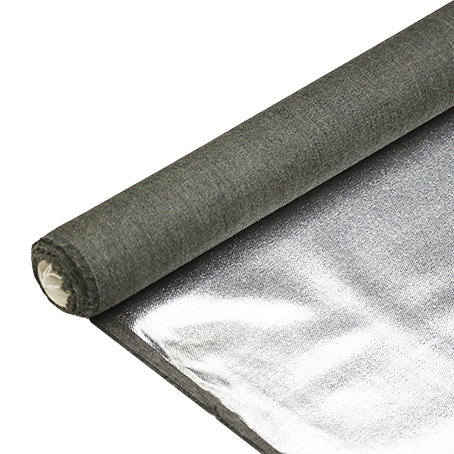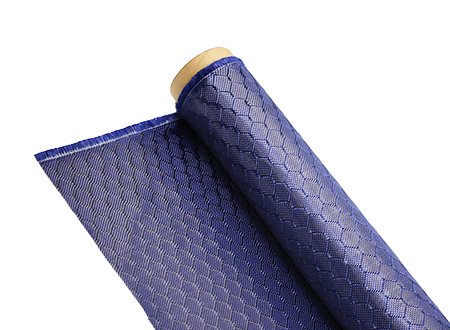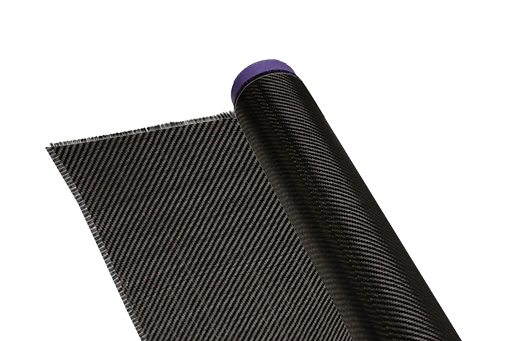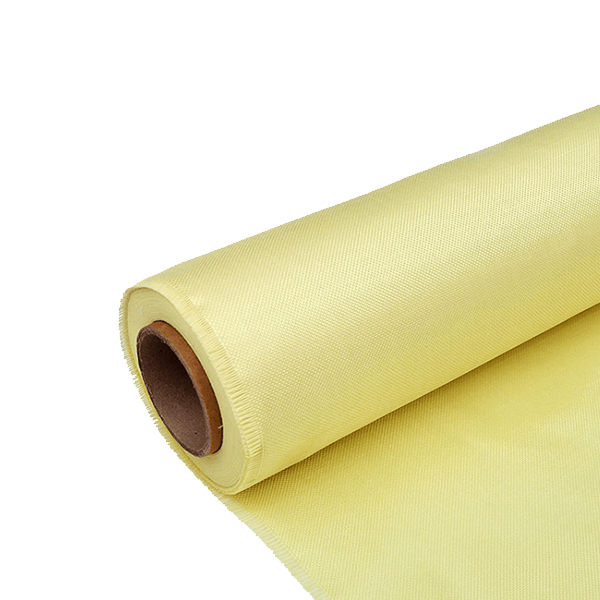3k 240g Hexagon Carbon Fiber Cloth Honeycomb Carbon Fiber Fabric
-
Table of Contents
-
- The Revolutionary 3k 240g Hexagon Carbon Fiber Cloth: A Game-Changer in the World of Carbon Fiber Fabric
- The Basics of Carbon Fiber Fabric
- The Evolution of Carbon Fiber Fabric
- The Introduction of Hexagon Carbon Fiber Cloth
- The Features of 3k 240g Hexagon Carbon Fiber Cloth
- 1. Improved Strength and Stiffness
- 2. Versatility
- 3. Lightweight
- 4. Impact Resistance
- 5. Cost-Effective
-
The Revolutionary 3k 240g Hexagon Carbon Fiber Cloth: A Game-Changer in the World of Carbon Fiber Fabric
 Carbon fiber has been a game-changer in the world of materials and manufacturing. Its strength, lightweight nature, and versatility have made it a popular choice in various industries, from aerospace and automotive to sports and leisure. However, the latest innovation in the world of carbon fiber fabric has taken its capabilities to a whole new level. The 3k 240g hexagon carbon fiber cloth, also known as honeycomb carbon fiber fabric, has been making waves in the industry with its unique design and exceptional properties. In this article, we will delve into the world of this revolutionary fabric and explore its features, applications, and potential impact on various industries.
Carbon fiber has been a game-changer in the world of materials and manufacturing. Its strength, lightweight nature, and versatility have made it a popular choice in various industries, from aerospace and automotive to sports and leisure. However, the latest innovation in the world of carbon fiber fabric has taken its capabilities to a whole new level. The 3k 240g hexagon carbon fiber cloth, also known as honeycomb carbon fiber fabric, has been making waves in the industry with its unique design and exceptional properties. In this article, we will delve into the world of this revolutionary fabric and explore its features, applications, and potential impact on various industries.
The Basics of Carbon Fiber Fabric
Before we dive into the specifics of the 3k 240g hexagon carbon fiber cloth, let's first understand the basics of carbon fiber fabric. Carbon fiber is a composite material made of carbon atoms bonded together in a crystal lattice pattern. This structure gives it its exceptional strength and stiffness, making it five times stronger than steel and twice as stiff. The carbon fibers are then woven into a fabric, which can be combined with other materials, such as resin, to create a composite material with even greater strength and durability. Carbon fiber fabric is known for its lightweight nature, with a density of only 1.6 g/cm3. This makes it an ideal choice for applications where weight reduction is crucial, such as in the aerospace and automotive industries. It also has a high strength-to-weight ratio, making it stronger than most metals while being significantly lighter. Additionally, carbon fiber fabric has excellent corrosion resistance, making it suitable for use in harsh environments.The Evolution of Carbon Fiber Fabric
The use of carbon fiber fabric dates back to the late 1950s when it was first developed for military applications. However, it wasn't until the 1970s that it started gaining popularity in the commercial sector. Over the years, advancements in technology and manufacturing processes have led to the development of various types of carbon fiber fabric, each with its unique properties and applications. The first generation of carbon fiber fabric was made using a plain weave pattern, where the fibers are woven over and under each other in a simple criss-cross pattern. This type of fabric was relatively easy to manufacture and had good strength and stiffness. However, it had limited impact resistance and was prone to delamination. The second generation of carbon fiber fabric, known as twill weave, was developed to address the issues of delamination and impact resistance. In this pattern, the fibers are woven in a diagonal pattern, creating a distinctive "V" shape. This design provides better strength and stiffness while also improving the fabric's impact resistance. The third generation of carbon fiber fabric, known as satin weave, further improved upon the twill weave pattern. In this pattern, the fibers are woven in a more complex pattern, creating a smooth and glossy surface. This design not only provides better strength and stiffness but also improves the fabric's aesthetic appeal.The Introduction of Hexagon Carbon Fiber Cloth
While the third generation of carbon fiber fabric was a significant improvement, it still had some limitations. The weaving process was time-consuming and required skilled labor, making it expensive. Additionally, the fabric's strength and stiffness were limited to the direction of the fibers, making it less versatile for certain applications. Enter the 3k 240g hexagon carbon fiber cloth, also known as honeycomb carbon fiber fabric. This revolutionary fabric is made using a hexagonal pattern, where the fibers are woven in a honeycomb-like structure. This design provides several advantages over traditional carbon fiber fabric, making it a game-changer in the industry.The Features of 3k 240g Hexagon Carbon Fiber Cloth
The 3k 240g hexagon carbon fiber cloth has several unique features that set it apart from traditional carbon fiber fabric. Let's take a closer look at some of these features:1. Improved Strength and Stiffness
The hexagonal pattern of the 3k 240g hexagon carbon fiber cloth provides better strength and stiffness compared to traditional carbon fiber fabric. The honeycomb structure distributes the load evenly, making it stronger and more resistant to bending and buckling. This makes it an ideal choice for applications where high strength and stiffness are crucial, such as in the aerospace and automotive industries.2. Versatility
The hexagonal pattern of the fabric also makes it more versatile compared to traditional carbon fiber fabric. The fibers are woven in multiple directions, providing strength and stiffness in all directions. This makes it suitable for applications where the load is not limited to one direction, such as in sports equipment and prosthetics.3. Lightweight
Despite its improved strength and stiffness, the 3k 240g hexagon carbon fiber cloth is still incredibly lightweight. This makes it an ideal choice for applications where weight reduction is crucial, such as in the aerospace and automotive industries. Its lightweight nature also makes it easier to handle and transport, reducing production costs.4. Impact Resistance
The honeycomb structure of the fabric also provides better impact resistance compared to traditional carbon fiber fabric. The hexagonal cells act as shock absorbers, dissipating the energy from impacts and reducing the risk of delamination. This makes it suitable for applications where impact resistance is crucial, such as in sports equipment and protective gear.5. Cost-Effective
The 3k 240g hexagon carbon fiber cloth is also more cost-effective compared to traditional carbon fiber fabric. The weaving process is less time-consuming and requires less skilled labor, reducing production costs. Additionally, its improved strength and versatility make it a more cost-effective option for certain applications.The Applications of 3k 240g Hexagon Carbon Fiber Cloth
The 3k 240g hexagon carbon fiber cloth has a wide range of applications across various industries. Let's take a look at some of the most common applications of this revolutionary fabric:1. Aerospace
The aerospace industry has been one of the early adopters of carbon fiber fabric, and the introduction of the 3k 240g hexagon carbon fiber cloth has further expanded its use in this sector. Its lightweight nature, improved strength and stiffness, and impact resistance make it an ideal choice for aircraft components, such as wings, fuselage, and engine parts.2. Automotive
The automotive industry has also been quick to embrace carbon fiber fabric, and the introduction of the 3k 240g hexagon carbon fiber cloth has opened up new possibilities. Its lightweight nature and improved strength and stiffness make it an ideal choice for car body panels, chassis, and other components, reducing the overall weight of the vehicle and improving fuel efficiency
Keep up with Impact news!
Stay informed, stay inspired with our new blogs.

